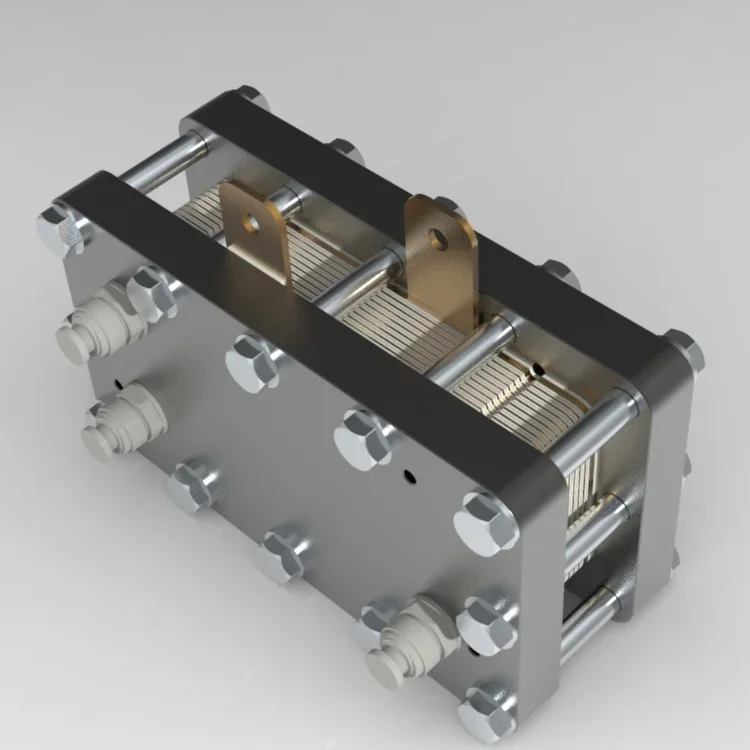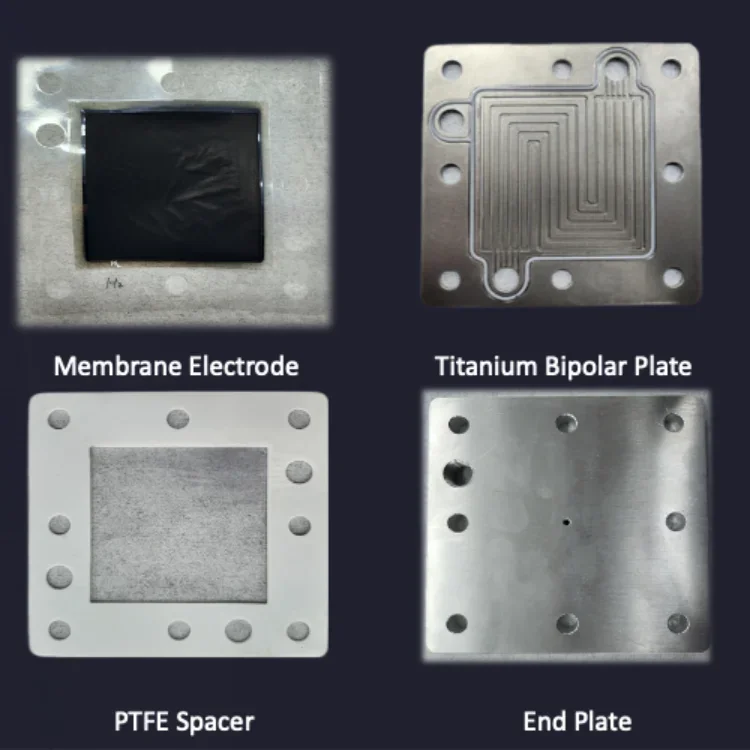The advent of Industry PEM (Precision Engineering and Manufacturing) has brought about a paradigm shift in the manufacturing sector. This cutting-edge technology combines precision engineering principles with advanced manufacturing techniques, enabling industries to achieve unprecedented levels of efficiency, accuracy, and productivity. In this article, we will explore the various aspects of Industry PEM and its impact on the manufacturing industry.
The Rise of Industry PEM
Industry PEM has emerged as a game-changer in manufacturing, revolutionizing traditional production processes. By integrating computer-aided design (CAD), computer-aided manufacturing (CAM), and computer numerical control (CNC) systems, Industry PEM enables manufacturers to streamline operations, reduce costs, and enhance product quality.
Precision Engineering in Industry PEM
Precision engineering plays a crucial role in Industry PEM. It involves the design and production of high-precision components and systems, ensuring tight tolerances and accurate measurements. This precision-driven approach enhances the overall quality and functionality of manufactured products, leading to improved customer satisfaction and market competitiveness.

Advanced Manufacturing Techniques
Industry PEM incorporates advanced manufacturing techniques such as additive manufacturing (3D printing), robotics, and automation. These technologies enable manufacturers to optimize production processes, reduce waste, and increase flexibility. Additive manufacturing, in particular, allows for the creation of complex geometries and customized products, opening up new possibilities for design and innovation.

Benefits of Industry PEM
a. Enhanced Efficiency: Industry PEM streamlines manufacturing processes, eliminating bottlenecks and reducing production lead times. This results in increased operational efficiency and improved resource utilization.
b. Improved Product Quality: The precision-driven nature of Industry PEM ensures consistent quality, minimizing defects and rework. This leads to higher customer satisfaction and reduced costs associated with product recalls or returns.
c. Cost Reduction: By optimizing production processes and reducing material waste, Industry PEM helps manufacturers achieve significant cost savings. Additionally, automation and robotics reduce labor costs and enhance productivity.
d. Innovation and Customization: Industry PEM enables manufacturers to explore new design possibilities and create customized products. This fosters innovation, allowing businesses to cater to diverse customer demands and gain a competitive edge.
Challenges and Future Outlook
While Industry PEM offers numerous benefits, it also presents challenges. The adoption of new technologies requires substantial investments in equipment, training, and infrastructure. Additionally, cybersecurity concerns and the need for skilled personnel pose potential hurdles. However, as technology continues to evolve, these challenges are expected to be addressed, paving the way for a more widespread implementation of Industry PEM.
Conclusion
Industry PEM has transformed the manufacturing sector, empowering businesses to achieve unprecedented levels of efficiency, accuracy, and productivity. By leveraging precision engineering principles and advanced manufacturing techniques, manufacturers can enhance product quality, reduce costs, and drive innovation. As the industry continues to embrace Industry PEM, we can expect a future where manufacturing processes are further optimized, leading to a more sustainable and competitive manufacturing landscape.

